Wild dogs are fascinating creatures found across the globe. Each species has unique traits and habitats that set them apart. Their diverse adaptations, social structures, and hunting techniques highlight the remarkable variety within this group. Despite their differences, many wild dog species face similar threats, including habitat loss and human-wildlife conflict. Discover the remarkable diversity among wild dog species and learn about their unique characteristics and conservation challenges.
African Wild Dog (Lycaon pictus)

The African Wild Dog, also known as the Painted Dog, is renowned for its beautiful, multicolored coat. It has large, rounded ears and a highly social nature. They live in packs with a complex social hierarchy. Their cooperative hunting tactics are highly efficient, often resulting in successful hunts. These dogs are endangered due to habitat loss and human-wildlife conflict. Conservation efforts are underway to protect their dwindling populations. They inhabit the savannas and woodlands of sub-Saharan Africa. These areas provide the vast spaces they need for hunting.
Dhole (Cuon alpinus)
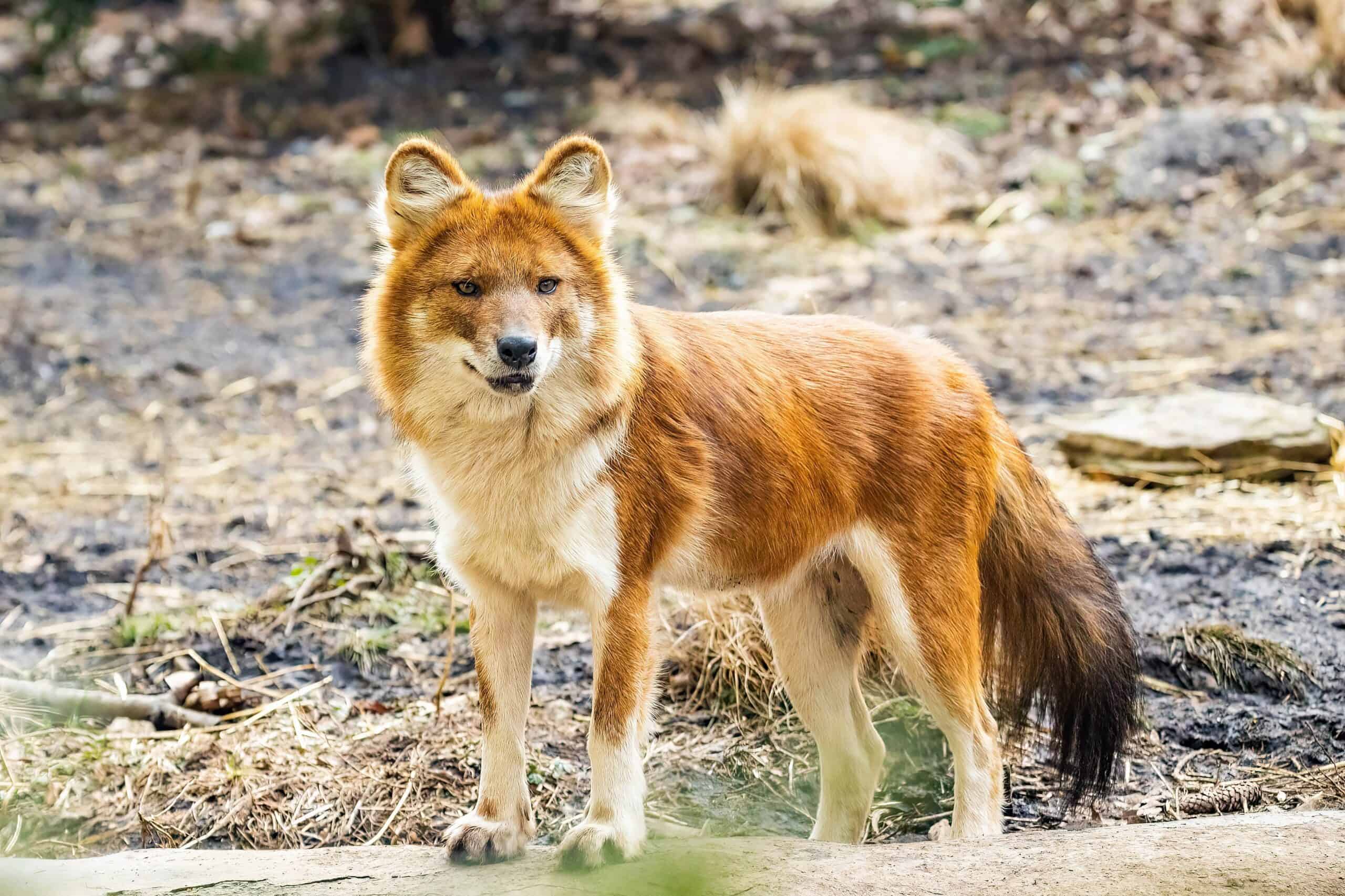
The Dhole, or Asiatic Wild Dog, is a highly social animal. They live and hunt in packs, displaying remarkable teamwork. Dholes have a distinct, whistling call used for communication. Their diet mainly consists of deer, wild boar, and smaller mammals. Their range extends from India to Southeast Asia, inhabiting forests and grasslands. Dholes face threats from habitat destruction and competition with other predators.
Maned Wolf (Chrysocyon brachyurus)
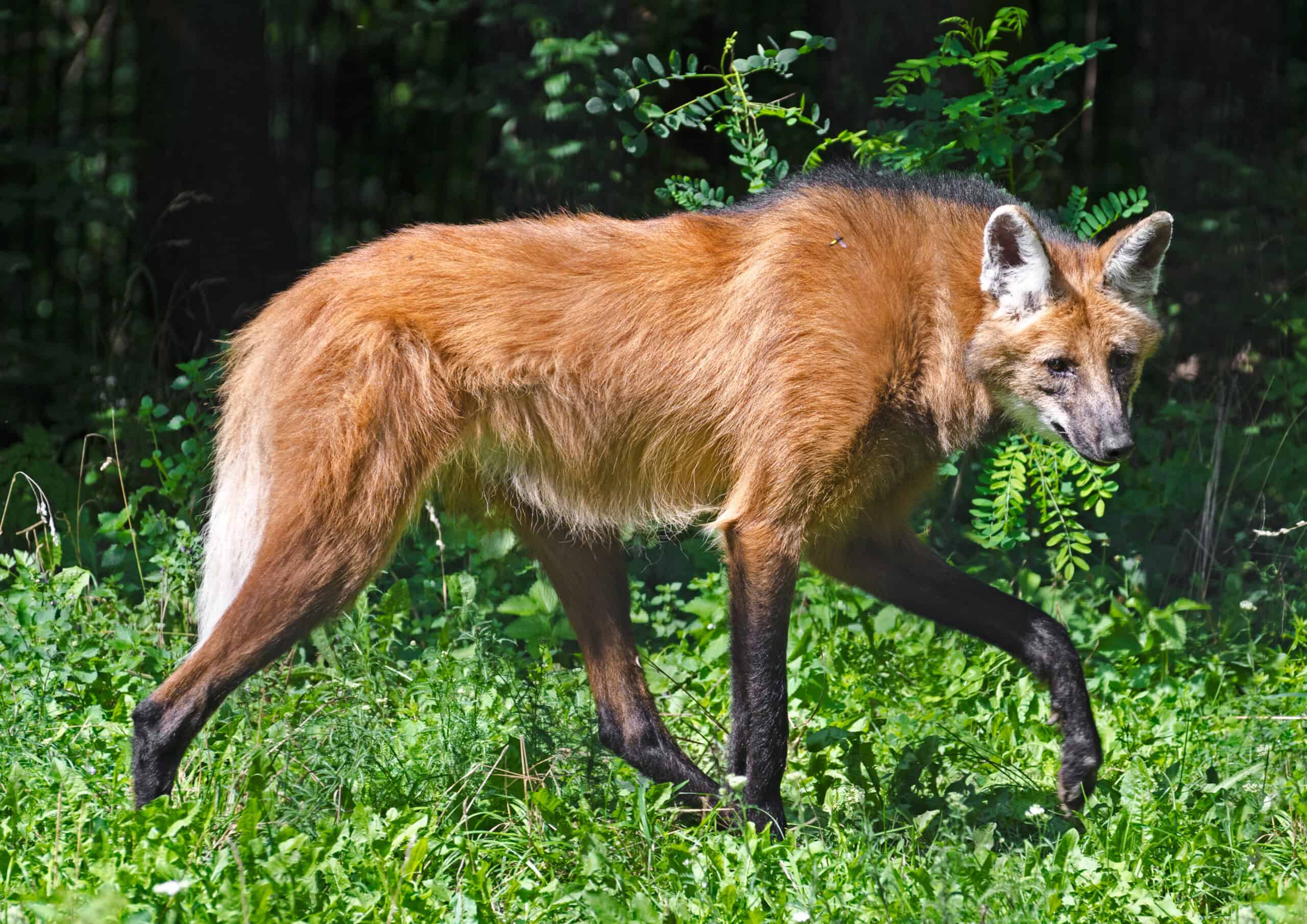
The Maned Wolf is the tallest wild canid, with long legs adapted for its grassland habitat. Its reddish-brown fur and black mane distinguish it from other species. Maned Wolves are solitary hunters, primarily feeding on small mammals, birds, and fruits. Native to South America, they inhabit the open plains and scrublands. Their unique dietary habits include a significant amount of plant material. Despite their appearance, they are not closely related to true wolves.
Ethiopian Wolf (Canis simensis)
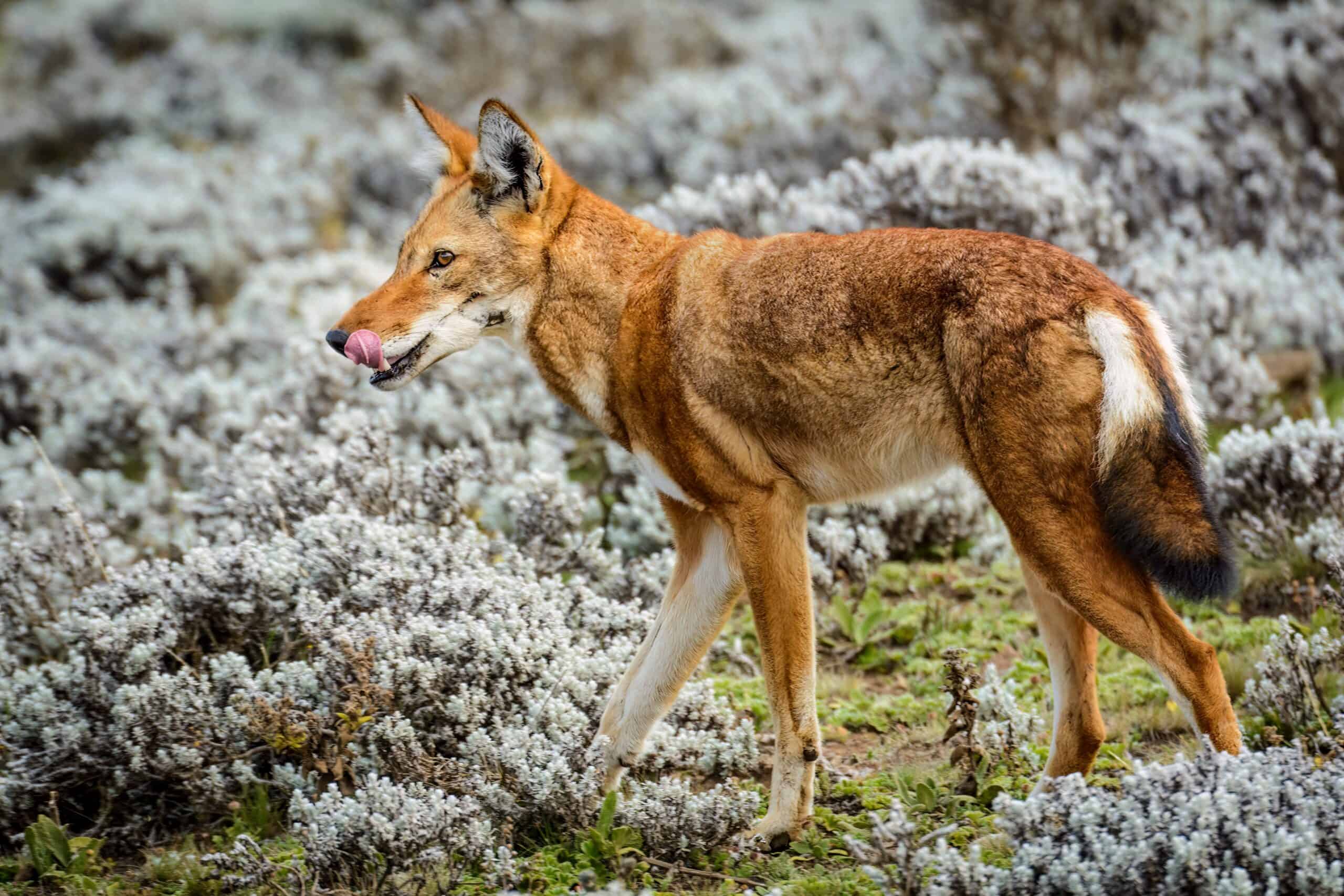
The Ethiopian Wolf is the world’s rarest canid. They are slender with a striking red coat and white markings. These wolves specialize in hunting rodents in the highlands of Ethiopia. They live in family units but hunt alone. Human encroachment and diseases from domestic dogs threaten their existence. Conservationists are working to protect their habitat and reduce disease transmission. Their survival is critical for maintaining the ecological balance of the Ethiopian highlands.
Bush Dog (Speothos venaticus)

The Bush Dog is a small, elusive canid native to Central and South America. They have webbed feet, aiding their swimming ability in their swampy habitats. Bush Dogs live in small packs and are known for their distinctive, high-pitched calls. These animals hunt cooperatively, preying on rodents and other small animals. Habitat loss and fragmentation pose significant threats to their populations. Conservation efforts focus on preserving their natural habitats and reducing human impacts.
Bat-eared Fox (Otocyon megalotis)
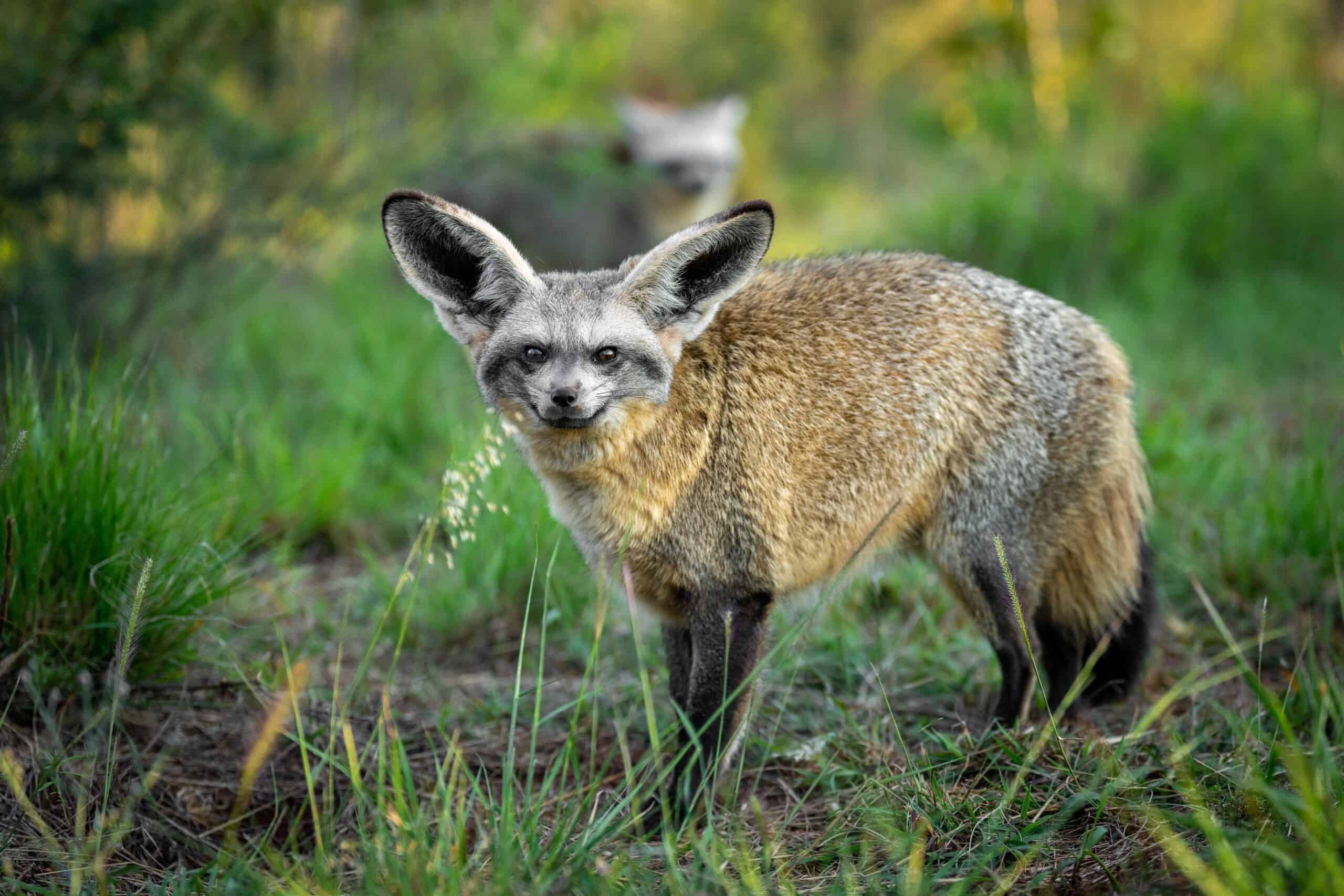
The Bat-eared Fox is easily recognized by its large ears, which help with thermoregulation and detecting insects. They primarily feed on termites and other small invertebrates. These foxes are social animals, often seen in pairs or small family groups. They inhabit the arid regions of eastern and southern Africa. Their ears not only aid in hunting but also help dissipate heat in their hot environments. They play an essential role in controlling insect populations in their ecosystems.
Raccoon Dog (Nyctereutes procyonoides)
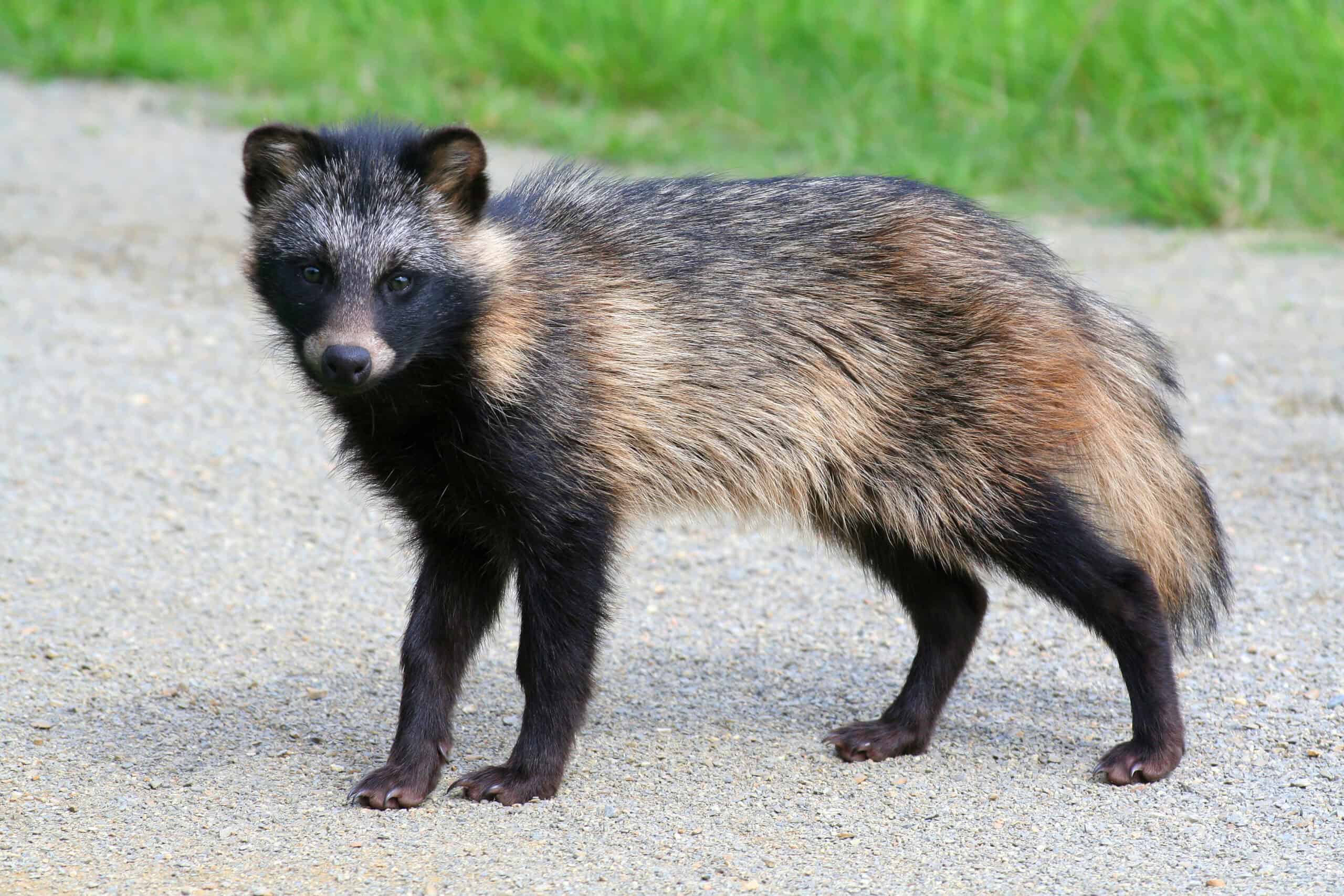
The Raccoon Dog, native to East Asia, resembles a raccoon with its distinctive facial markings. Unlike most canids, they hibernate during the cold winter months. Their diet is omnivorous, including fruits, insects, and small mammals. Raccoon Dogs are highly adaptable, living in forests, grasslands, and urban areas. They are also known for their ability to climb trees. This unique trait helps them escape predators and find food.
Cape Fox (Vulpes chama)
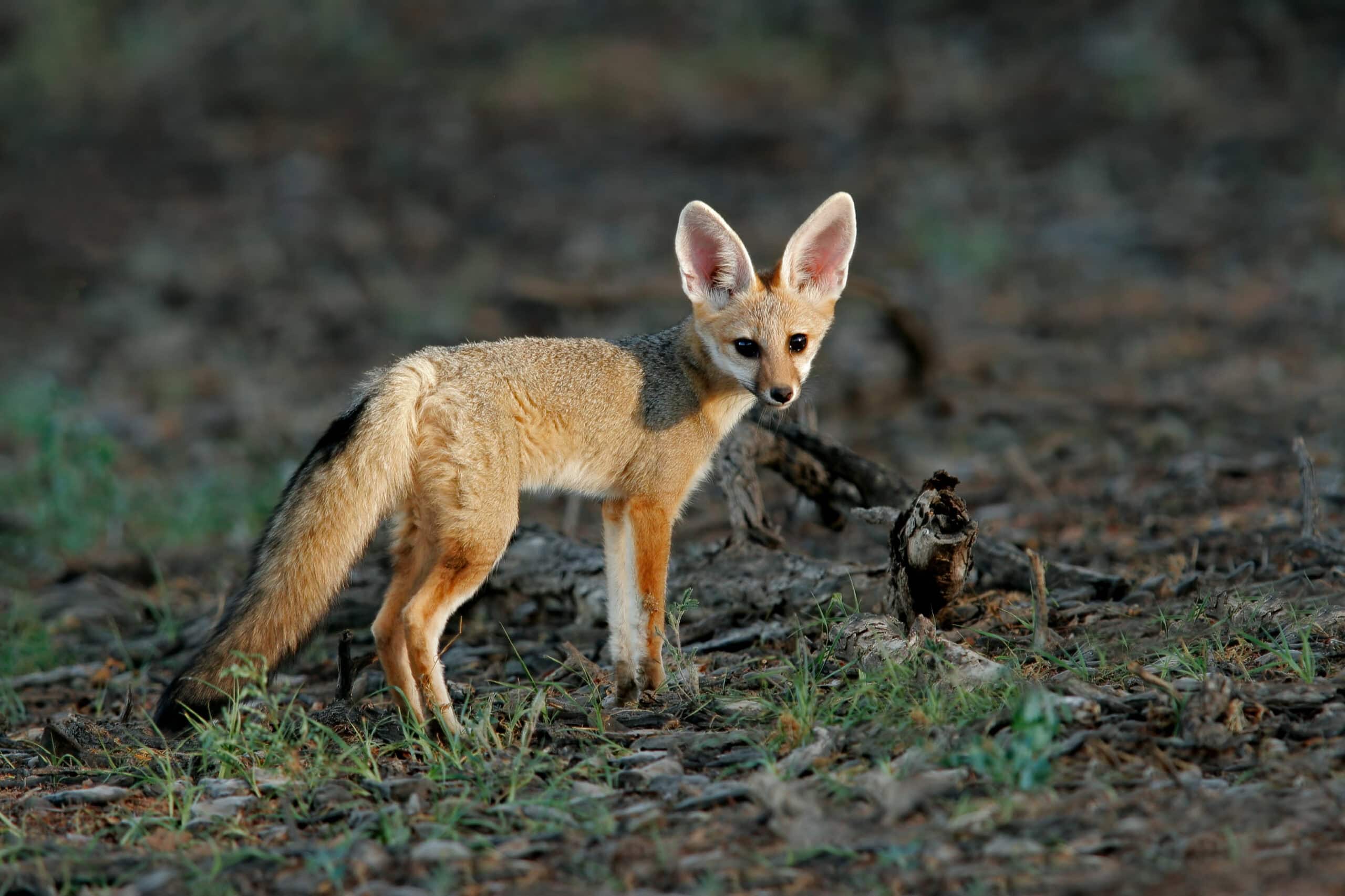
The Cape Fox is the smallest wild canid in southern Africa. They have a silvery-gray coat and bushy tails. These nocturnal animals are skilled hunters of small mammals, birds, and insects. They prefer arid and semi-arid environments, including savannas and deserts. Cape Foxes are solitary or found in pairs, using dens for shelter and raising their young. Their adaptability to various habitats helps them survive in challenging conditions.
Darwin’s Fox (Lycalopex fulvipes)
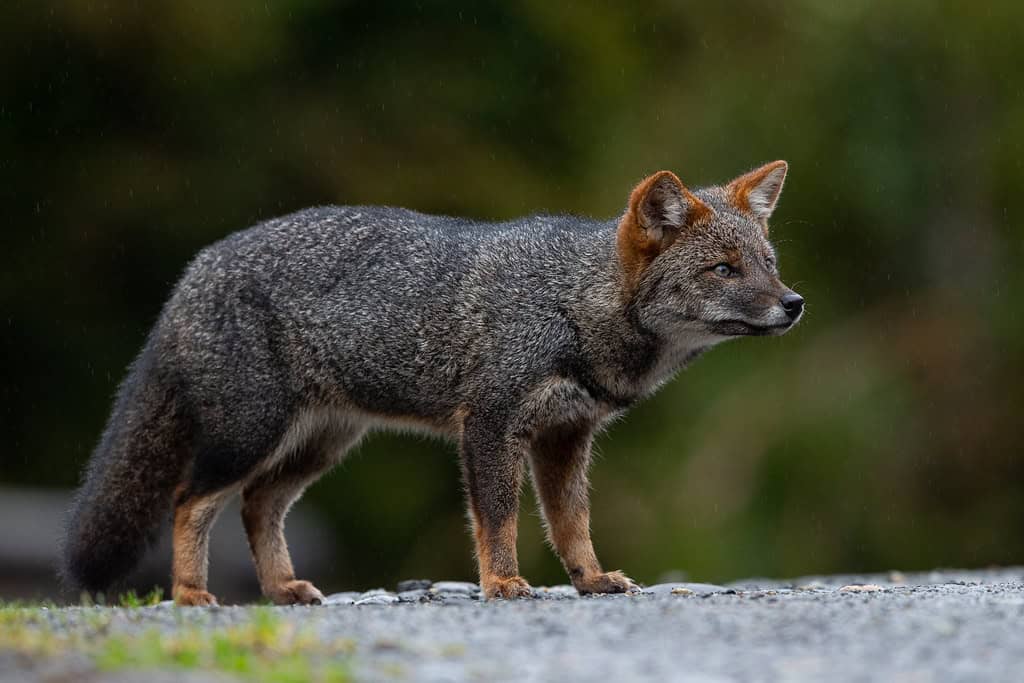
Darwin’s Fox is native to Chile. It is critically endangered. Found in the temperate rainforests of Chiloé Island and the Nahuelbuta National Park, it has a distinct, dark fur coat. Its diet includes small mammals, birds, and fruits. This fox is a solitary hunter. It is active mainly during dusk and dawn. Darwin’s Fox is named after Charles Darwin, who discovered it in 1834. Conservation efforts are critical for its survival.
New Guinea Singing Dog (Canis hallstromi)
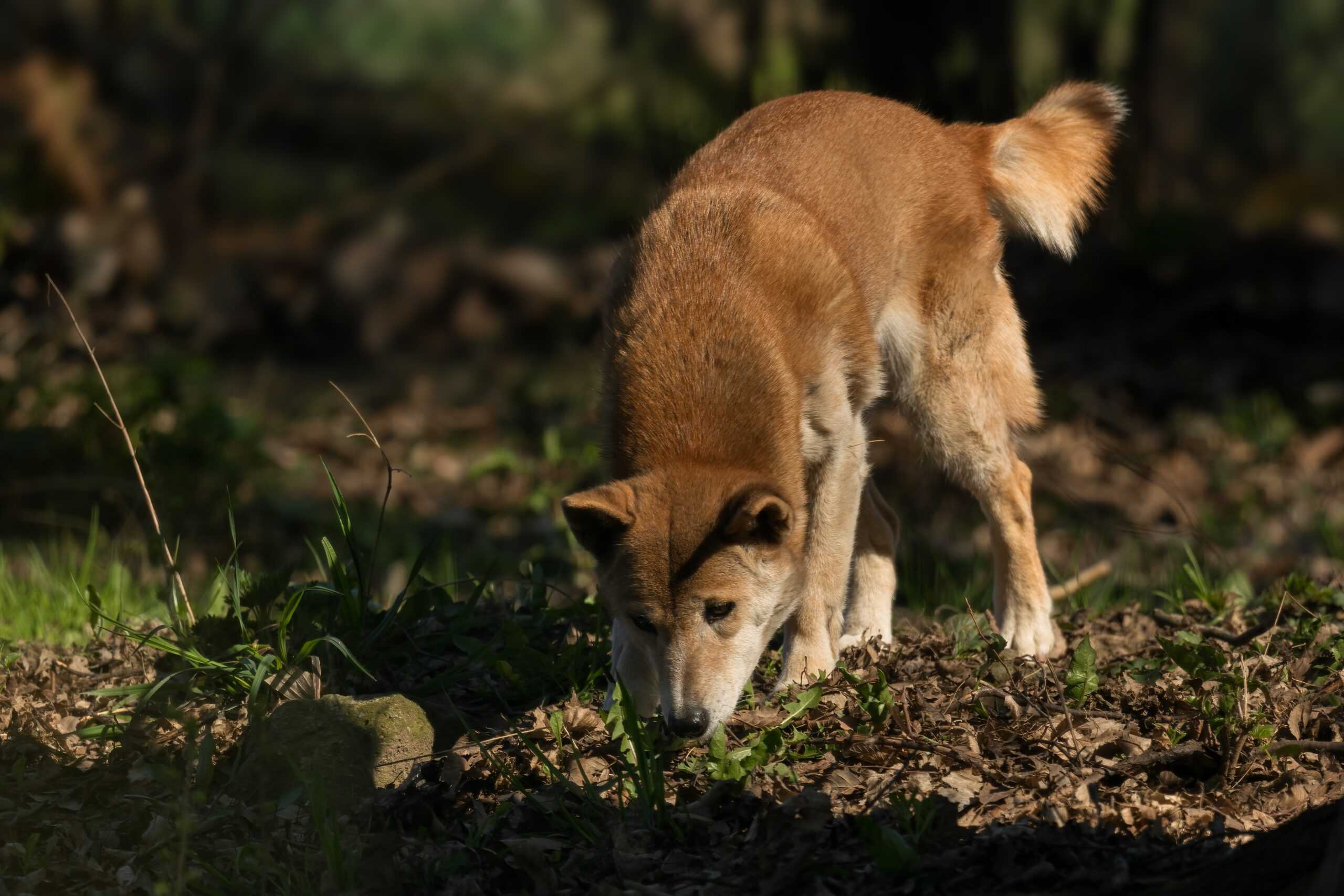
The New Guinea Singing Dog is known for its unique vocalizations. Its howls are melodious, earning it its name. It has a dense double coat, which can be reddish-brown or black and tan. Living in the wild, these dogs are elusive and rarely seen. They are highly intelligent and agile climbers. Their diet consists of small animals and birds. Conservation efforts are underway to protect their dwindling population.
Hoary Fox (Lycalopex vetulus)
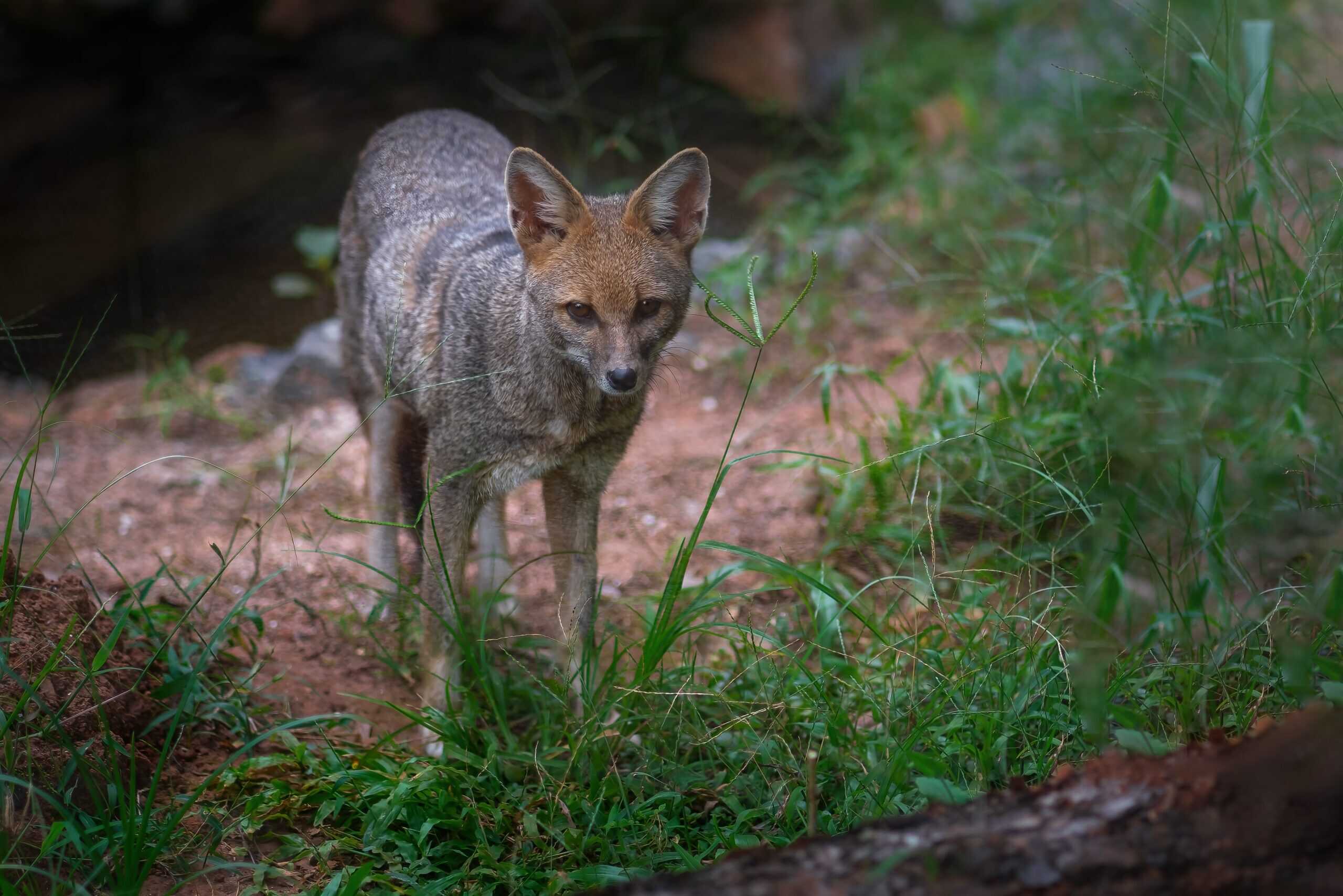
The Hoary Fox is native to Brazil. It prefers open savannas and grasslands. It has a distinctive grayish coat, with a white underbelly and bushy tail. This fox is nocturnal, hunting primarily at night. It feeds mainly on insects and small vertebrates. Unlike many fox species, it relies less on fruit. Conservation efforts focus on habitat preservation. The Hoary Fox’s unique adaptations make it a fascinating species.
Sechuran Fox (Lycalopex sechurae)
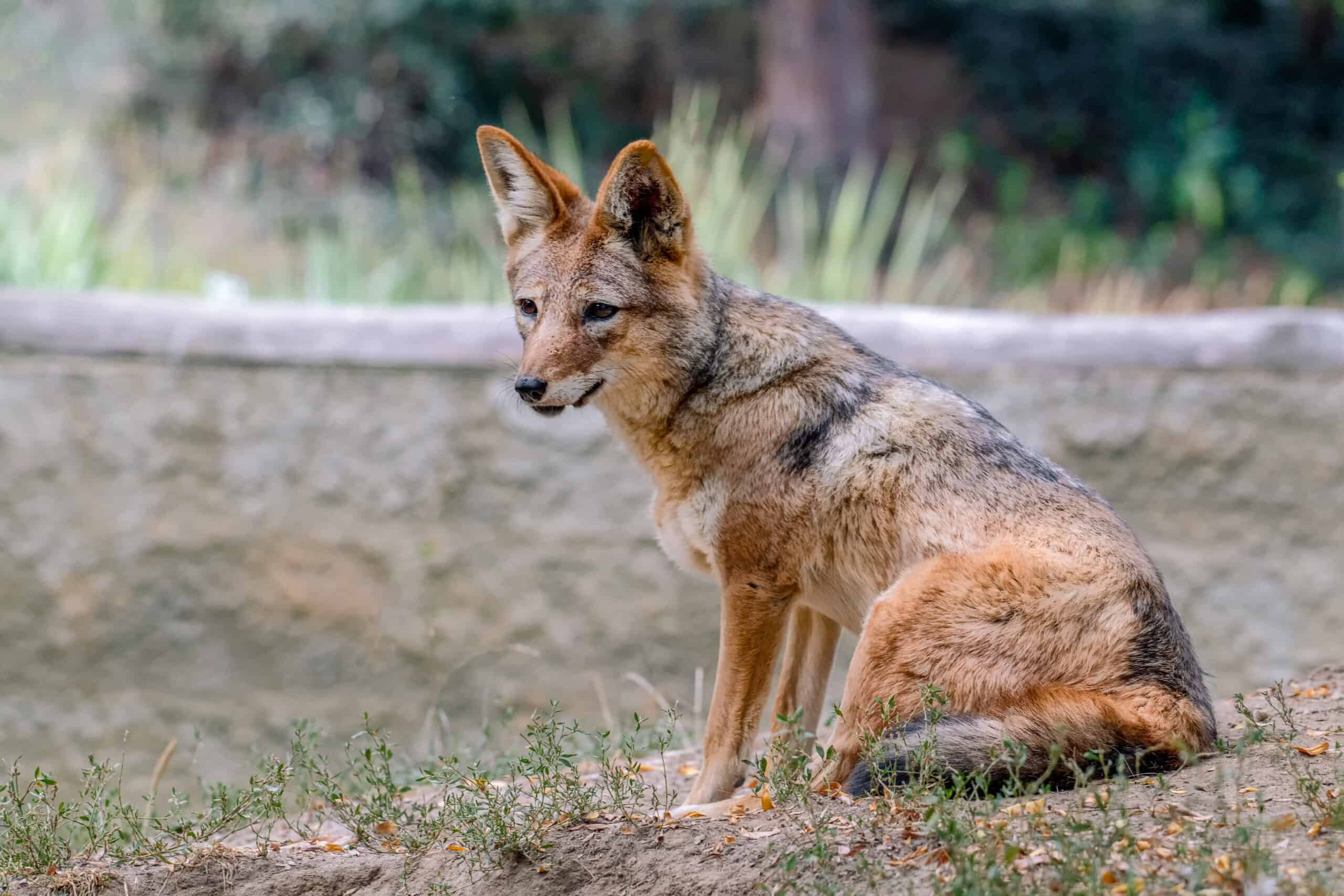
The Sechuran Fox is found in the deserts of Peru and Ecuador. It has a sandy-colored coat, which provides camouflage in its arid habitat. This fox is adapted to harsh desert conditions, surviving on a diet of rodents, birds, and fruits. It is primarily nocturnal to avoid the daytime heat. The Sechuran Fox is also known for its keen sense of smell. Conservationists work to protect its desert habitat from degradation.
Pampas Fox (Lycalopex gymnocercus)
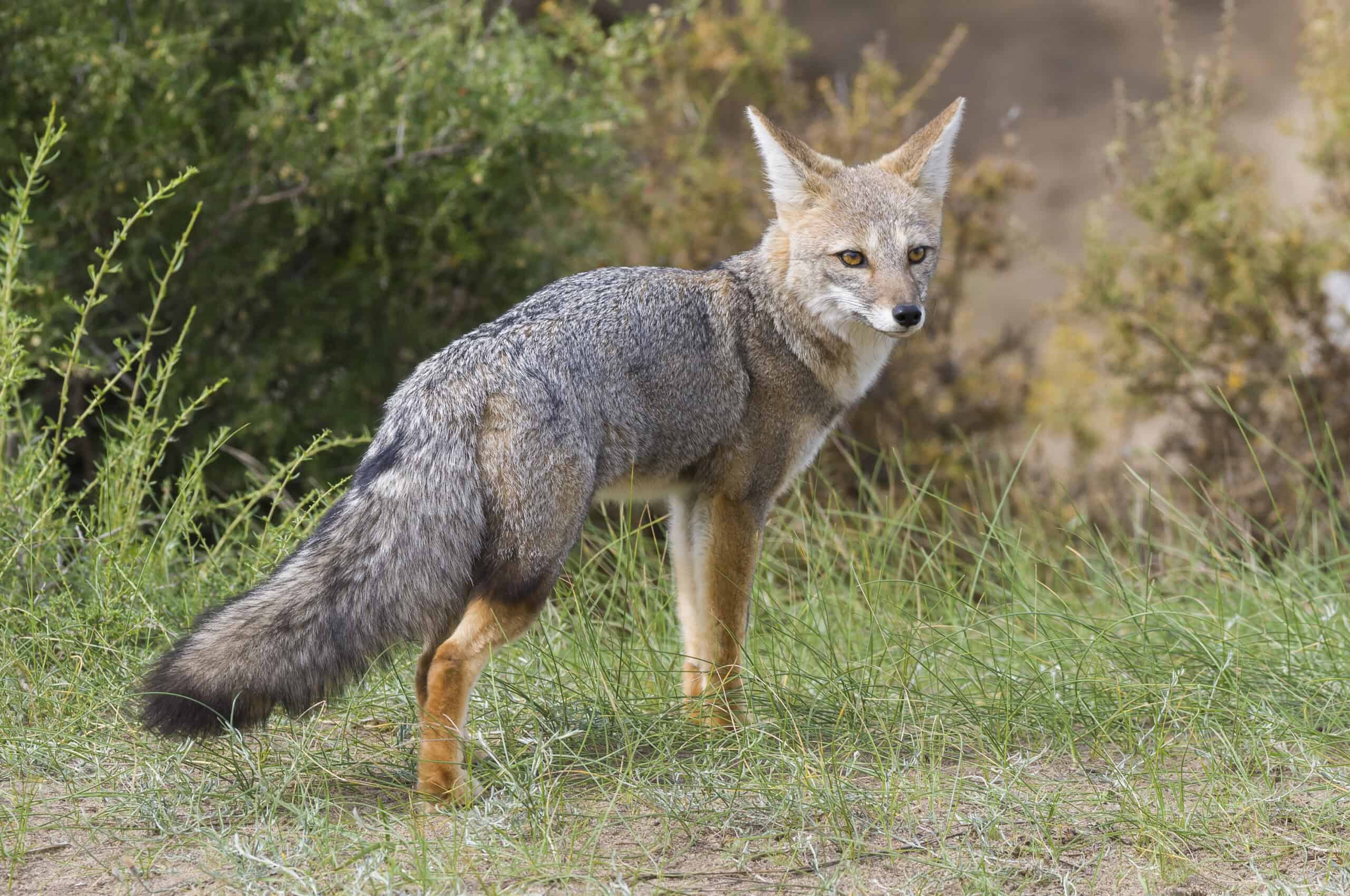
The Pampas Fox is native to South America. It inhabits the grasslands and open plains of Argentina, Brazil, and Uruguay. It has a grizzled gray coat with a bushy tail tipped in black. It is an omnivore, feeding on small mammals, birds, insects, and fruits. The Pampas Fox is known for its adaptability to various environments. Conservation efforts aim to maintain its diverse habitat.
Culpeo (Lycalopex culpaeus)

The Culpeo is the second-largest native canid in South America. It is found in a range of habitats from deserts to forests. Its fur is reddish-gray, with a white underbelly and black-tipped tail. It preys on small mammals, birds, and occasionally livestock. The Culpeo is a solitary hunter, mainly active at dawn and dusk. Conservation efforts focus on mitigating human-wildlife conflicts.
Crab-eating Fox (Cerdocyon thous)
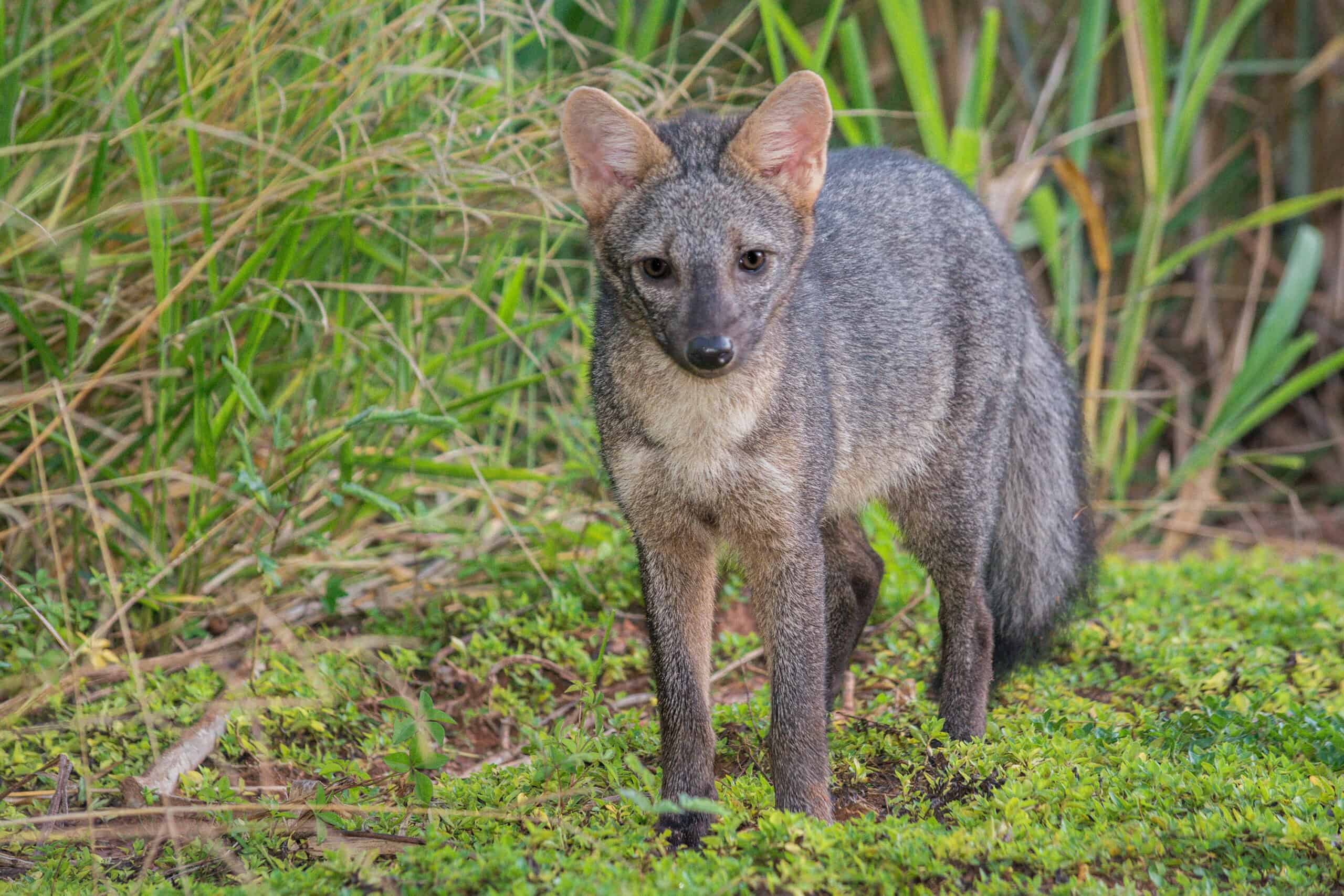
The Crab-eating Fox is widespread in South America. It inhabits savannas, woodlands, and scrub forests. Its coat is grayish-brown, with a bushy tail and dark legs. It feeds on crabs, insects, and small vertebrates, showing a preference for crustaceans. This fox is highly adaptable and can survive in various environments. Conservation efforts aim to protect its habitat from deforestation.
Short-eared Dog (Atelocynus microtis)
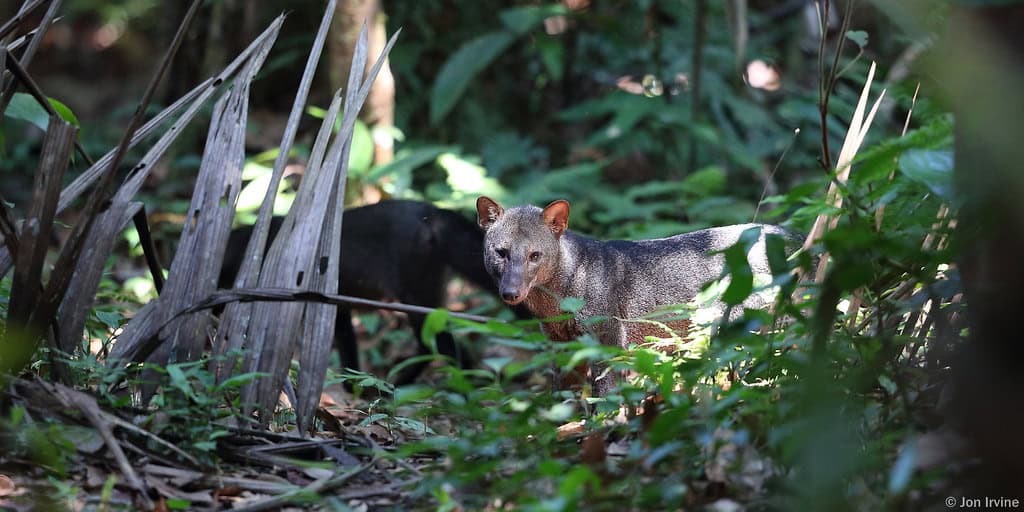
The Short-eared Dog is native to the Amazon rainforest. It has a sleek, dark coat and short, rounded ears. This elusive species is rarely seen in the wild. It feeds on small mammals, birds, and fruits. It is primarily solitary, with a mysterious and reclusive nature. Conservation efforts focus on protecting the Amazon rainforest from deforestation.
This article originally appeared on Rarest.org.
More from Rarest.org
1959 Washington Quarter Value Guide

The 1959 Washington quarter comprises 90% silver and 10% copper. It has a value of 25 cents, a mass of 6.30 grams, a diameter of 24.26 mm, a thickness of 1.75 mm, and a reeded edge. Read More.
1946 Wheat Penny Value Guide

Do you have an interest in collecting coins issued in the 1940s? If so, then you’re in the right place! In this guide, we will discuss the 1946 Lincoln Wheat Penny. Read More.
1959 Lincoln Penny Value Guide

The 1959 Lincoln penny is made of 95% copper and 5% tin and zinc. It has a plain edge, a weight of 3.11 grams, and a diameter of 19 millimeters. Read More.
